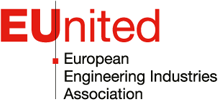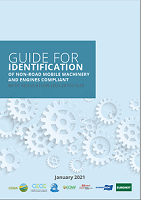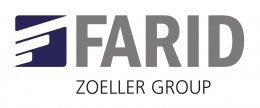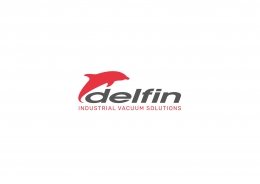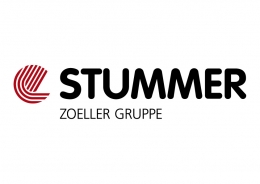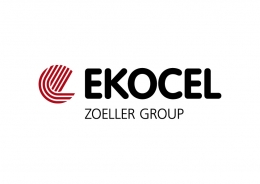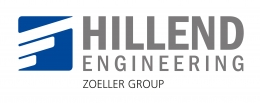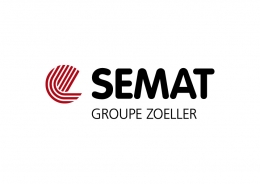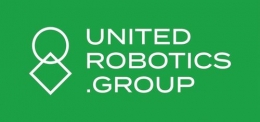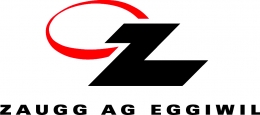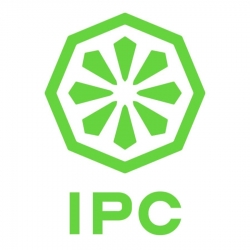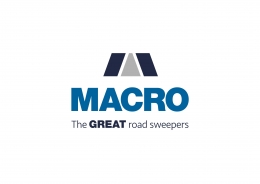
March 2020
A new industrial strategy and Circular Economy Action Plan (CEAP) for Europe
The 10th March saw the publication of the Commission’s New Industrial Strategy for Europe.
The New Industrial Strategy for Europe builds on the twin priorities of the Green Transition and the Digital Transformation, placing EU industry at the centre of seizing the potential of both.
The paper is structured in the following way:
1. “Europe’s New Industrial Way”: this focusses attention on Europe’s industrial strengths, and emphasises the need for European sovereignty and values.
2. “Europe’s industry: today and tomorrow” which repeats the successes up to now and indicated the changes, transitions that are taking pace on the market, in particular concerning the pressure on natural resources. It even calls for “make(ing) the most of localisation as an opportunity to bring more manufacturing back to the EU in some sectors”.
3. “The Fundamentals of Europe’s industrial transformation”: provides details on the key elements of the Single Market, fair competition, climate change and Europe’s goals in this respect, the circular economy, skills, finances and investment.
4. “Reinforcing Europe’s industrial and strategic autonomy”: support of key enabling technologies, and action plan on Critical Raw Materials, 5G and accompanying cybersecurity requirements, digital infrastructure and reducing dependency on other continents for food, infrastructure, critical raw materials etc.
5. “Joining the dots: A partnership approach to governance”: Here there is a focus on industrial ecosystems. These ecosystems encompass all players operating in a value chain: from the smallest start-ups to the largest companies, from academia to research, service providers to suppliers. There may be a dedicated toolbox designed to fulfil the needs of each industrial ecosystem from a regulatory, financing or trade perspective.
Along with the New Industrial Strategy for Europe the Commission published the following documents:
- Identifying and addressing barriers to the single market
- An SME Strategy for a sustainable and digital Europe
- Action Plan for better implementation and enforcement of the single market rules
- Set of Questions & Answers
- FACTSHEET Unleashing the full potential of European SMEs
- FACTSHEET A new Industrial Strategy for a globally competitive, green and digital Europe
- FACTSHEET A single market that delivers for businesses and consumers
Download Flyer: New Industrial Strategy for Europe
The Circular Economy Action Plan (CEAP)
| On the 11th March the Commission published the Circular Economy Action Plan (CEAP). This new Circular Economy Action Plan will play a crucial part in achieving the New Green Deal’s aim of making Europe climate neutral by 2050. The implementation of the CEAP will “introduce new initiatives along the entire life cycle of products in order to modernise and transform our economy while protecting the environment. It is driven by the ambition to make sustainable products that last and to enable our citizens to take full part in the circular economy and benefit from the positive change that it brings about.” |
Various manufacturing sectors will need to have a detailed look at the CEAP in order to ascertain the areas which will have most impact on their manufacturing process, or, as the case may be, provide the most opportunities.
Industrious Brussels EU District, Avenue des Arts 6-9, 1210 Brussels, Belgium, +32 490 57 57 65
Transparency Register number: 0289344948-82
